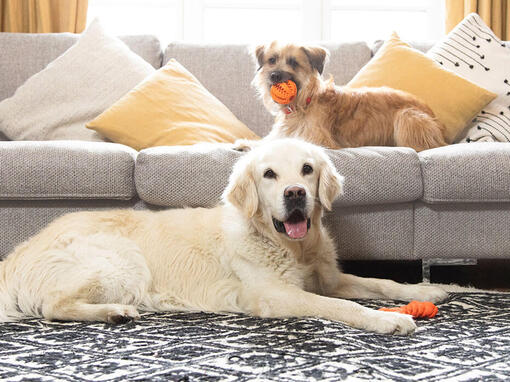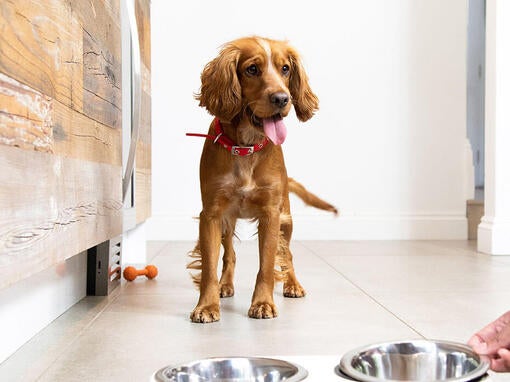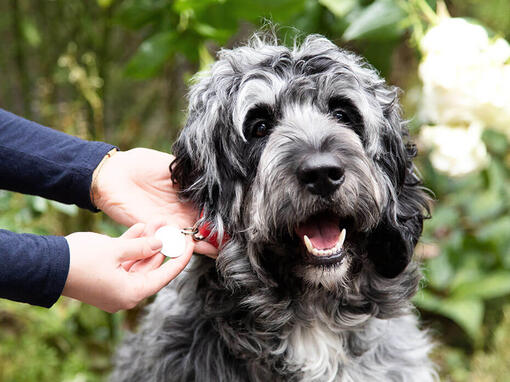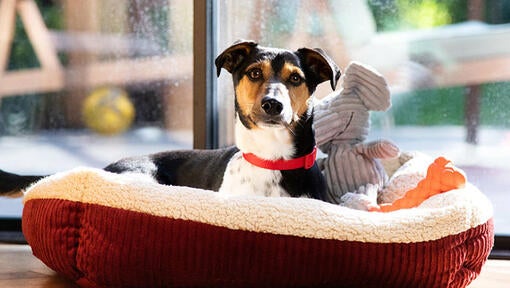Personality
The Japanese Spitz is affectionate and loyal to loved ones and familiar friends, but may be a little reserved with those they don’t know well. Typical of the spitz type, this is an alert, lively breed who will bark if they hear anything unusual or startling.
They enjoy the company of family, and are generally a gregarious type, getting on well with other family pets and other dogs, though as with all dogs, should be socialised well as puppies. If you want to find out more about dog socialisation, check out our handy article.









